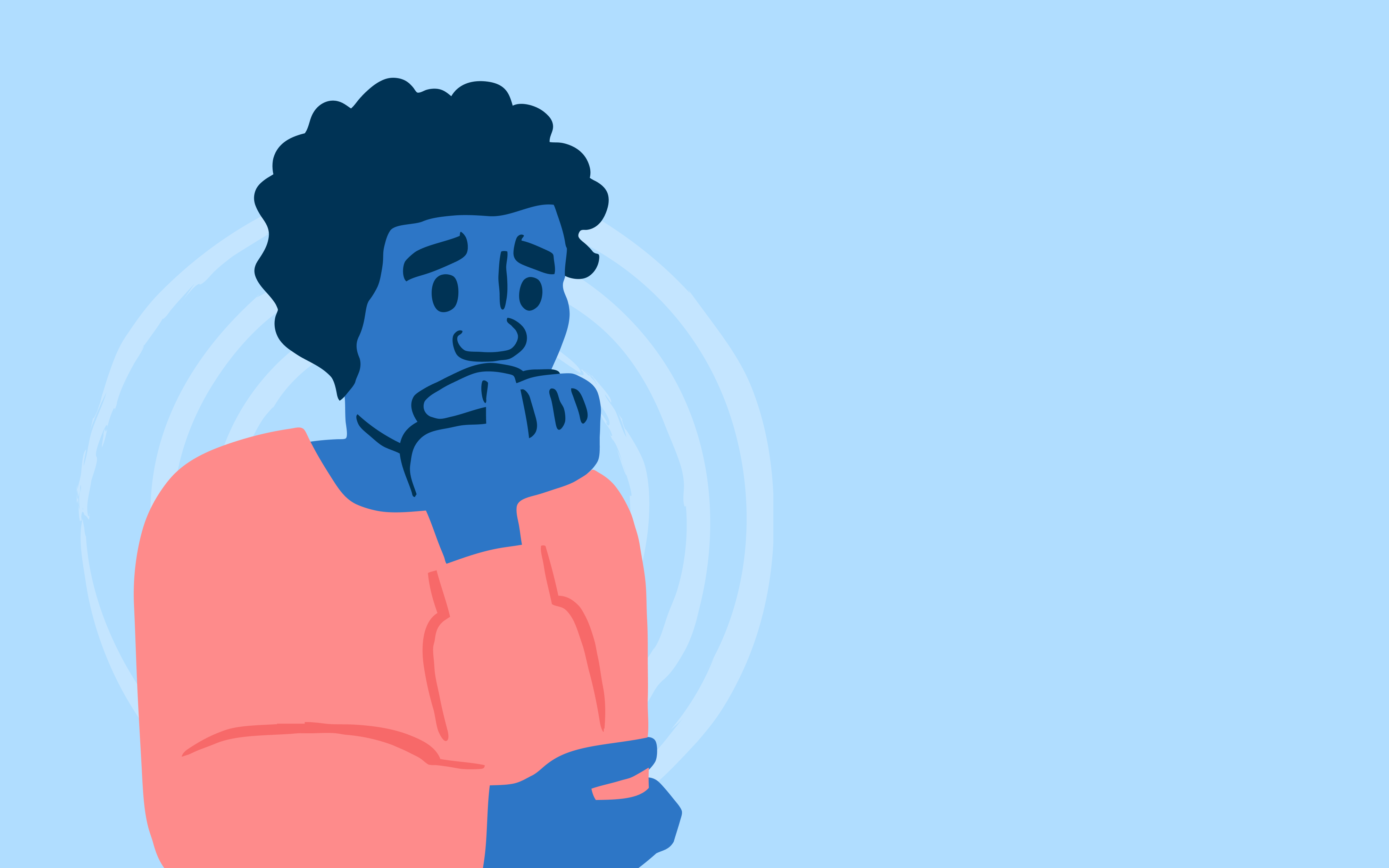
13 May Get a Grip on Your Anxiety Before it Becomes Contagious by Practicing These 3 Techniques
Just like you can catch a cold or the flu, you can catch anxiety too, be it from a friend venting about her job troubles or watching a TV interview with survivors of a natural disaster. Given how the human brain is wired, “it’s all too easy for us to ‘catch’ emotions,” Carla Marie Manly Ph.D., a clinical psychologist in Santa Rosa, California. Further, when anxiety is spread by social contagion — defined as the spread of effect from one person to another — it can lead to something even more problematic: panic. There are a few proper countermeasures and develop better mental hygiene. Mindfulness is perhaps one of the most effective. If you are new to meditation or have a hard time managing your emotions in times of extreme stress or uncertainty, there are plenty of mindfulness techniques that can help you regain control, even when you think you are completely losing your grip:
Make it habit to start by ‘running a code’
In medical school, you learn how to “run a code” — our code for resuscitating someone whose heart had just stopped. You are taught to first stop and take your own pulse. This is a good illustration and reminder for one to pause and take a deep breath (or three) before proceeding. Taking a mindful pause works by keeping the thinking parts of our brains “online” so we can help rather than hinder. Taking a moment to pause in stressful situations, whether that means you take three deep breaths or simply pay attention to the feeling in not-anxious parts of your body (like your feet or your hands), helps ground you in calmer emotions. Especially for people who haven’t practiced mindfulness before, focusing on the parts of your body where you typically feel anxiety, such as your chest or stomach, only heightens your awareness of the negative feeling and often makes it worse. That’s why grounding yourself in more neutral areas can help you stay connected to yourself in the present moment without triggering more anxiety. Another way to do this is to anchor your awareness in an external object (e.g. look out a window at trees or nature, or listen to the sounds around you). These are simple, ten-second practices that anyone can do. Practice them when you feel your heart beginning to race as a sign of a social sniffle so that you don’t sneeze and spread social contagion.
Get in touch with your “calm.”
On top of simple mindfulness practices, you can also take a moment to pause and notice what it feels like when you are calm among the storm of people unknowingly spreading social contagion. When you do, you will notice that calm feels a lot better than anxiety. Use this to hack your brains’ reward centers. When given a choice, our brains will learn to perform the action that is most rewarding. Calm is the obvious, more rewarding choice when compared to anxiety. The more you practice it, the more it will become your norm rather than your exception. You can also look around to see if your calm catches. It might not be as contagious as fear, but done over and over, it can go a surprisingly long way to not only disinfect your brain but spread that natural immunity that comes when you step back and see that we are all in this together.
Try your hardest to take it one day at a time.
Our brains are hardwired to plan for the future. We don’t have enough information right now about how this pandemic is going to play out to plan 6 months down the road. If/when you notice that your brain is starting to spin out into future thinking and worry, take a mindful pause and remind yourself to take it one day at a time. Do what needs to get done today, and then take care of tomorrow, when it comes: tomorrow. When it comes to information, the closer to now you stay, the more clearly you will be able to think. For example, you can check in with yourself right now to see if you are hungry or thirsty. Based on that information, you can decide whether you need to eat or drink something. You cannot only remind yourself to take it one day at a time but if needed, to help you stay calm, use an even smaller timescale. Ask: What do I need to do this hour? Take on the day hour by hour, minute by minute, and even moment by moment if that’s what it takes to stay grounded in the present moment.
Knowing that uncertainty can spread social contagion through the viral vector of anxiety and coupling this with some simple mindfulness practices can help us all stay mentally connected and spread calm instead of germs. In moments of doubt, use the above practices to calm your mind, to stay present, and move forward.
